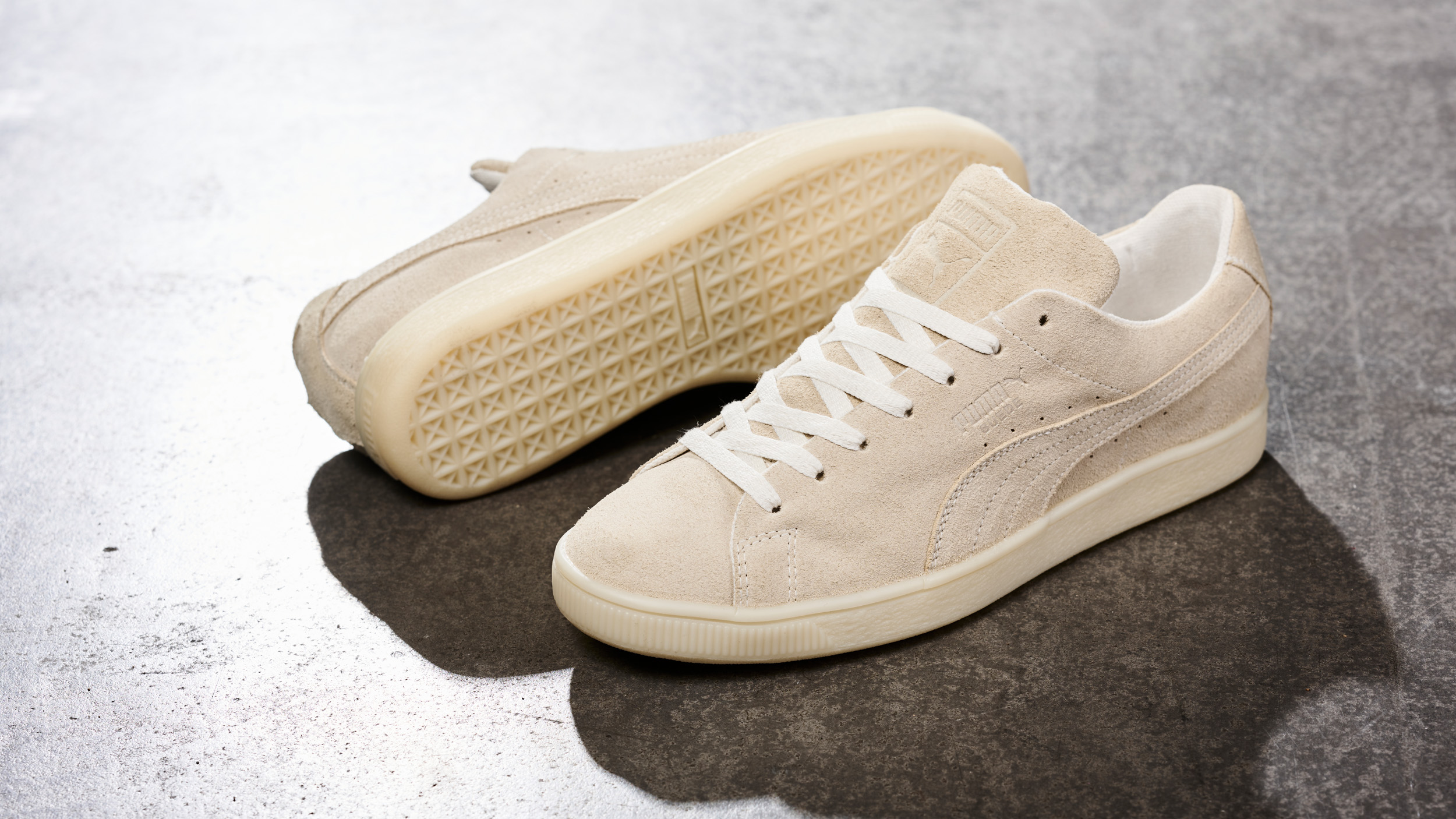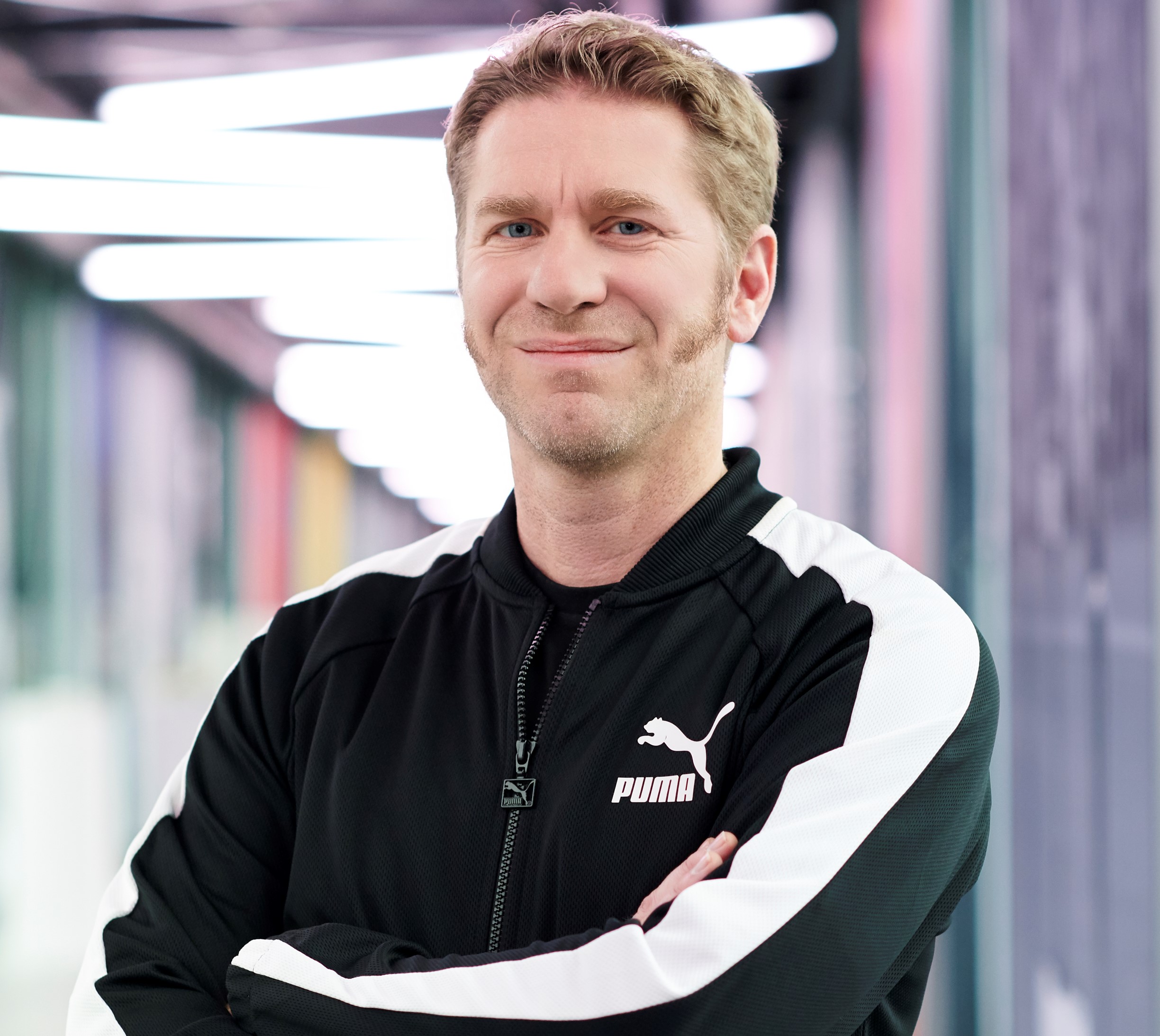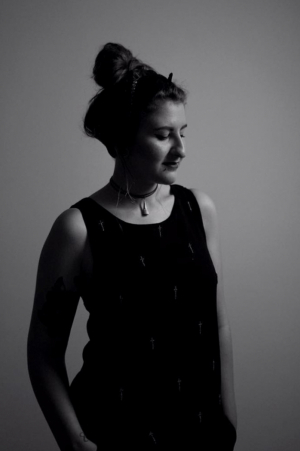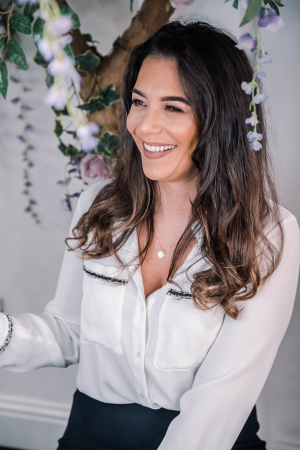Fashions Finest Exclusive: Beauty Chat with Charlotte Miller
Charlotte Miller, founder of Charlie Betty Beauty, showed us how makeup – that colourful game we love so much – can be a shield to protect you from the world or magic healer. We had a virtual chat to talk about makeup, mental wellbeing and the beauty industry.
Fashions Finest Exclusive: Beauty Chat with Tia Roqaa
Fashion and beauty-makers started somewhere and, if you look a bit closer, their interests and lives are much like ours. We at Fashions Finest love talking about trailblazers, visionaries, creative minds. This time, we had the pleasure to chat with Tia Roqaa, CEO and founder of Roccabox, to know more about her relationship with beauty - the industry, the trends and much more.
Special: Behind and Inside PUMA RE:SUEDE
Achieving circularity and sustainability has undoubtedly its challenges but the PUMA RE:SUEDE experiment showed that green footwear is not a wild dream anymore.
 Photo courtesy of PUMA
Photo courtesy of PUMA
Fashions Finest got in the loop with PUMA creative and sustainability team directors to know more about the challenges behind ecological shoes.
Sustainable production techniques have been making great strides in the last decade. Green shoes are real but challenges, the aesthetic implications and public reception are true too. Heiko Desens, PUMA’s Creative Director, and Stefan Seidel, Head of Corporate Sustainability, told Fashions Finest more about the RE:SUEDE pilot experiment.
Q&A With Stefan Seidel, Head Of Corporate Sustainability At PUMA
 Stefan Seidel, courtesy of PUMA
Stefan Seidel, courtesy of PUMA
PUMA's first sustainable experiment dates back to 2012; it was quite futuristic for that time but very noteworthy. What did you learn from your first attempt?
Our InCycle collection was probably ahead of its time. We saw that it was important to ensure the products get sent back to us after their use phase.
We did have an instore-take back system in place back then, but it was not possible to specifically sort out our InCycle products for composting or recycling purposes. This is why we will have a very specific take-back offer in place for the RE:SUEDE.
Do biodegradable, unconventional and/or alternative materials impact the final design and aesthetic feel?
Some of the materials indeed look and feel different. For example, we purposely left the leather for the RE:SUEDE in its natural colour – to support the natural look and feel. But the RE:SUEDE is still as comfortable to wear as the “classic” SUEDE.
Can a single, trend-driven feature reduce the eco-friendliness of a shoe?
The eco-friendliness of a shoe is based on many aspects. Important criteria are the materials used, the environmental performance of the manufacturer who produces the materials and the shoe, the type of energy used during production, the mode of transport and ultimately how the shoe is treated at the end of its lifecycle.
A single feature can help to draw attention, but to be eco-friendly, a shoe needs to ideally address all of the above aspects.
What is the least sought-after material which, in your opinion, may open unexpected possibilities in the shoemaking industry?
Over the past years, we saw attempts using pineapple leaves, cork or mushroom-based materials for shoemaking. Those are interesting but very difficult to scale to mass volumes.
Personally, I believe we should make those materials more sustainable, which are already in use today, for example by eliminating fossil-based feedstocks. Some of our partners are experimenting with CO2 from the atmosphere as building blocks for polymers – that would be great, provided that those polymers can also be fully recycled or decomposed naturally.
What is the most impactful moment on the ecosystem in a shoe’s life cycle?
When we look at the product lifecycle analysis, then the material extraction and conversion has the biggest environmental impact.
The RE:SUEDE project shows your commitment and dedication to a better future. Considering that there is still work to do and areas with room for improvement, what is one key approach that any brand can take for greener production?
There are many areas that we need to focus on, so let me pick two:
We need to transition production to low carbon materials and renewable energy, to be able to tackle the climate crisis.
We need to answer the question of what happens to the products at the end of their lifecycle. Biodegradation is one possibility, technical recycling is the other one. Ideally, we should combine both.
Q&A With Heiko Desens, PUMA's Creative Director
 Heiko Desens, courtesy of PUMA
Heiko Desens, courtesy of PUMA
PUMA picked the SUEDE for its sustainable pilot project, but what makes this sneaker PUMA's real icon?
The Suede stands for timeless design that makes it different to a lot of high fashion sneakers. We chose the Suede because in theory you can wear it for many years and it always compliments any styling you go for and any occasion you wear it for. Doesn’t this make it an icon?
Everyone agrees on Gen Z being the most eco-conscious generation. Is circularity driven by the youngest or does PUMA have a less specific customer cluster in mind for the RE:SUEDE and future eco-friendly shoe models?
The Suede speaks to a wide consumer base and that gives us the freedom to choose who we are directing the message to. With the massive conversation around environmental issues nowadays, the topic is not just of interest to a younger generation, and it shouldn’t be. That’s why we chose the Suede for this project to generate interest in our RE:SUEDE project as much as possible.
How did your loyal customer base welcome the cooperation? Do you feel potential customers will value brands that take them so much into consideration?
We are still in the phase of evaluating the media/social feedback but we can proudly say that it has exceeded by far what we were hoping for. The next round of engagement with our loyal consumer base will start beginning of next year. This is when our project physically starts and consumers can register for the first round of RE:SUEDEs.
What is the biggest challenge encountered during the running project?
The biggest challenge was to meticulously identify and eliminate all potentially harmful elements from the materials and still maintain top quality and durability. Real sustainable materials are still not always easy to find. The next step was to make sure they pass established quality standards, so you can enjoy your product just the way you are used to for any other PUMA product.
To smartly communicate that the RE:SUEDE will not simply biodegrade in a conventional composting environment. It needs a specialized technical set-up.
In the future, our footprint will finally be lighter. Thanks to alternative, biodegradable materials and circularity experiments like PUMA RE:SUEDE this day will soon approach.



